Where's the Wagyu? In This Case, At ALX by Alexander's Steakhouse
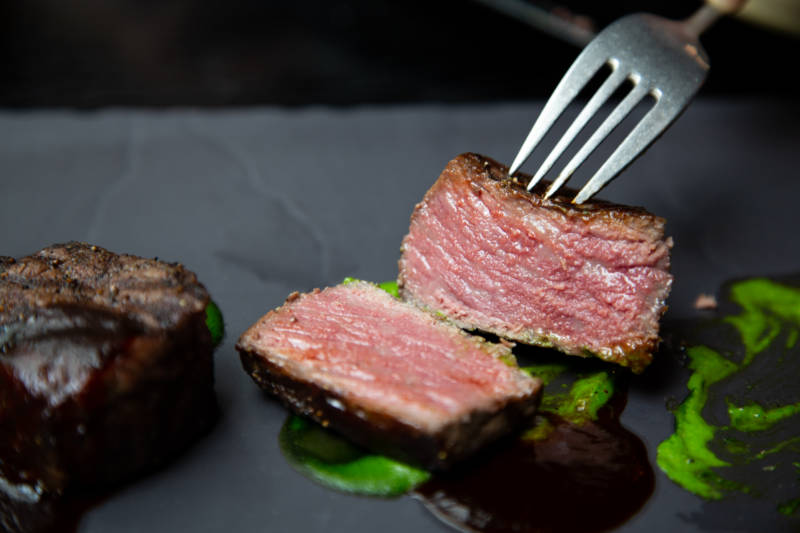
“Your Wagyu is waking up from its nap now.”
Turning to the smiling waiter at ALX, my initial confusion turned to excitement when I realized the main event was about to start.
You’ve probably heard of Alexander’s Steakhouse Group, a fine dining establishment providing their interpretation (according to their website) “of the classic American steakhouse with hints of Japanese influence.” They own locations in San Francisco, Cupertino and Pasadena, and they have sister establishments like The Sea and Alexander’s Patisserie.
ALX, opened in late 2018, is their first “casual” restaurant, combining local ingredients, classic dishes and contemporary techniques. What do I mean? Their “beer can” chicken, for example, is paired with a lavender honey glaze, red corn polenta and pickled mushrooms — not your classic BBQ in the backyard fare.
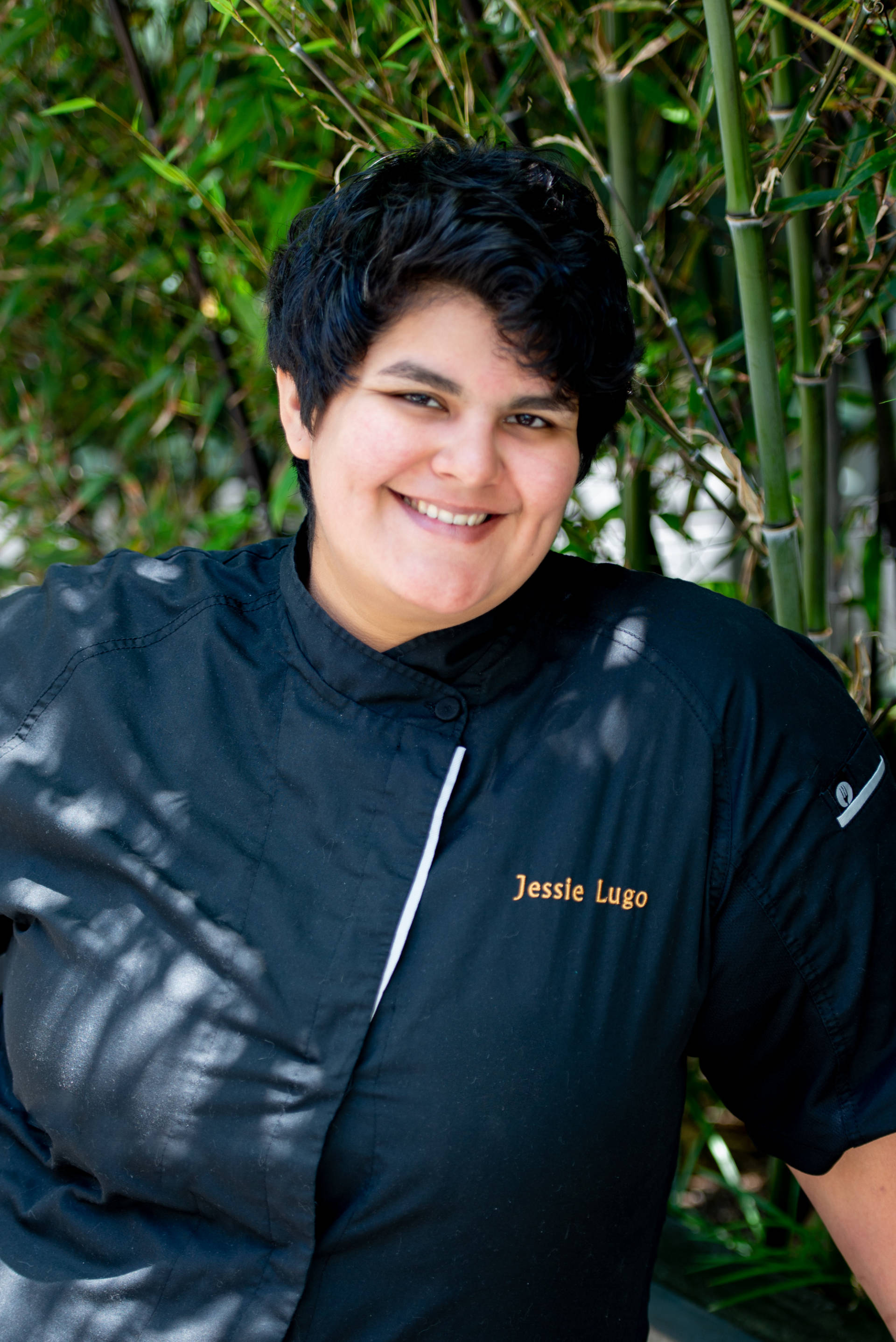
Executive Chef Jessie Lugo (her resume includes stints at Acquerello and Alexander’s Steakhouse) leads the team. Along with overseeing the group’s first casual restaurant, Lugo is bringing the American Wagyu movement to the Bay Area.
At other restaurants, you might see American Wagyu on the menu, but it is usually limited to only about one to two options. With her program, Lugo has personally cultivated relationships with a wide range of farmers throughout the U.S. to offer a larger menu of intentionally thought out selections than you would find anywhere else.
Lugo explains, “I did some research and realized that there are a lot of farms across the country that are building up wagyu programs. It's a very exciting time to be able to work with something that is relatively unknown but shows so much promise for being a quality product that is, "better" on multiple levels.”

What’s the deal with Wagyu?
So how is Wagyu better? When you think of the term, you probably think Japanese — in fact, ‘wa’ means Japanese and ‘gyu’ means cattle. Maybe the words ‘expensive’ and ‘delicious’ also pop up. But why is it so desired by chefs around the world?
According to the American Wagyu Association’s website, Wagyu is “healthy for you” (let’s take that advice with a grain of salt). Apparently, the mono-unsaturated to saturated fat ratio is higher in Wagyu than in other beef — that’s a good thing. And 40% of that saturated fat is what we call stearic acid, “which is regarded as having a minimal impact in raising cholesterol levels.” Basically, although a Wagyu cut might be intimidatingly and heavily marbled, the rich meat is actually filled with (mostly) good fats!
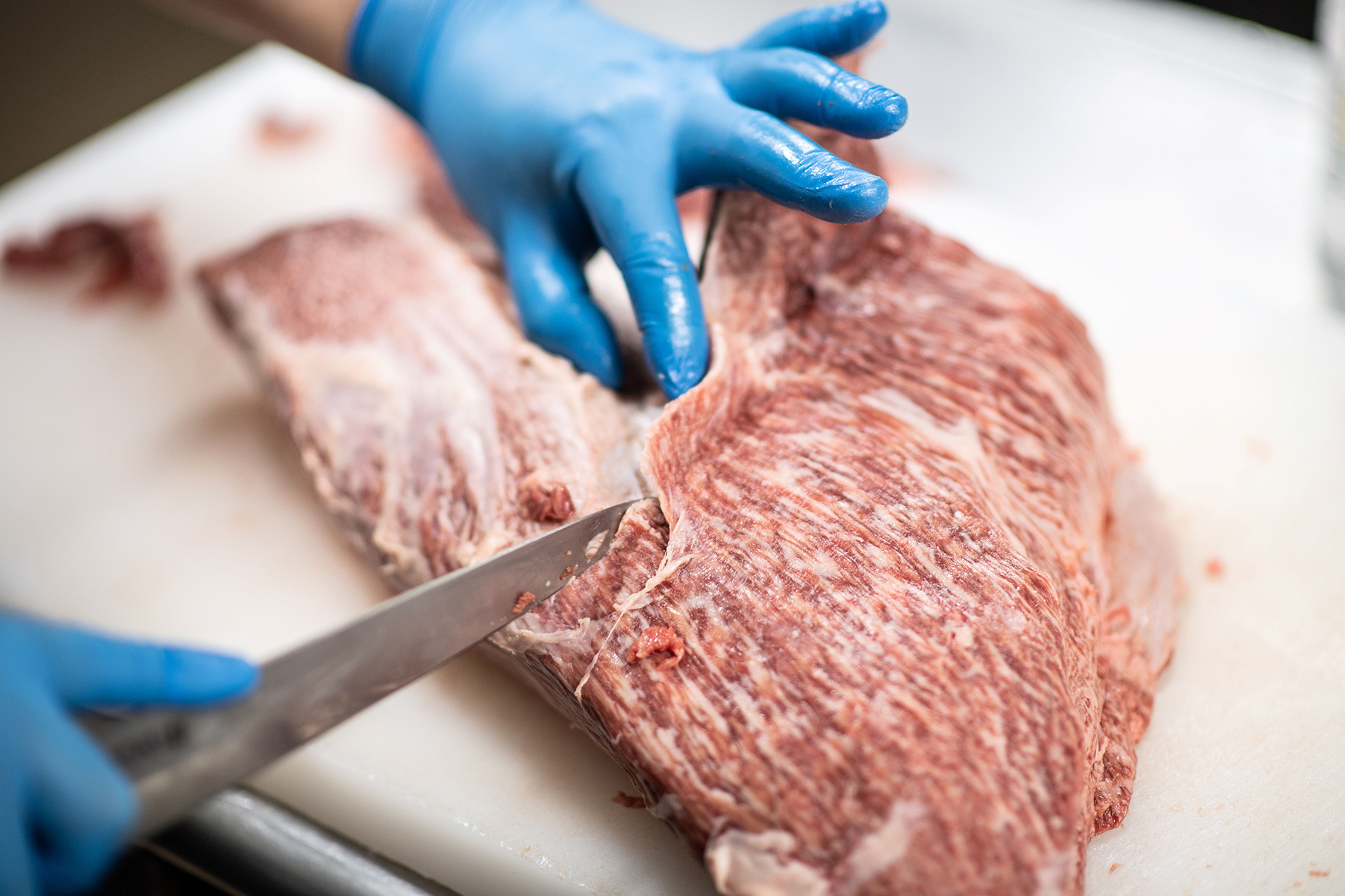
“It's a product that has unparalleled flavor, is more sustainable, and is even healthier for you. Wagyu fat breaks down in your body like olive oil and is a healthier fat than in normal Angus meat,” Lugo explains.
And now you’re probably wondering how American wagyu exists.
Japan imported wagyu cattle to North America in 1975, but imports dwindled (and then stopped) in 2003 when BSE (Bovine Spongiform Encephalopathy aka mad cow disease) was discovered. Exports resumed in 2012, but the meat is still heavily regulated today, and you can only buy Japanese Wagyu in the U.S. in extremely limited supply — making it pretty expensive if it’s ‘real’ Wagyu.
Thanks to the limited supply of cows that did make it into the U.S. before imports were cut off, farmers could then crossbreed Wagyu cattle with Angus cattle, creating a new breed of American wagyu. There is still a limited supply since Wagyu cattle are bred and raised for quality, not quantity, but this also keeps the breeding practice sustainable for cattle farmers.
Going directly to the source
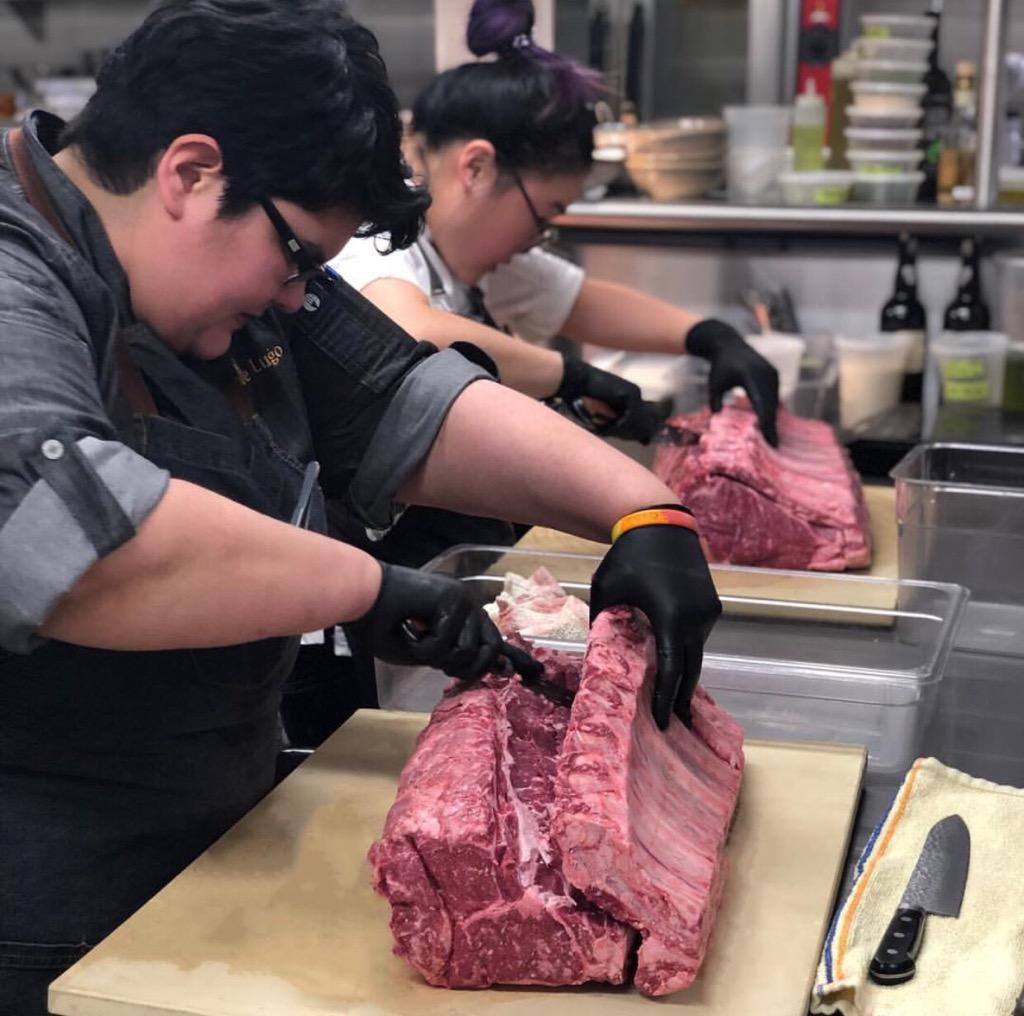
When she started her program, Lugo made sure she was involved in every step of the process, especially when it came to sourcing the Wagyu. Many American Wagyu farmers don’t even ship outside of their state or even their town. Instead of finding a third party to provide the meat for her program, she researched, sought out and then talked to each and every farmer brought into the program herself, easing their worries by having direct, honest communication and working with them directly every step of the way, from pricing to packaging.
Jennifer James from Stone Ranch Farms in Montana says, “[We were skeptical at first] until we had a phone conversation with her, having a lot of people asking for "samples" of our product online, and claiming to be chefs or specialized distributors. Chef Jessie was as genuine in her interest in our product and story as she was in her excitement about the program she was putting together.”
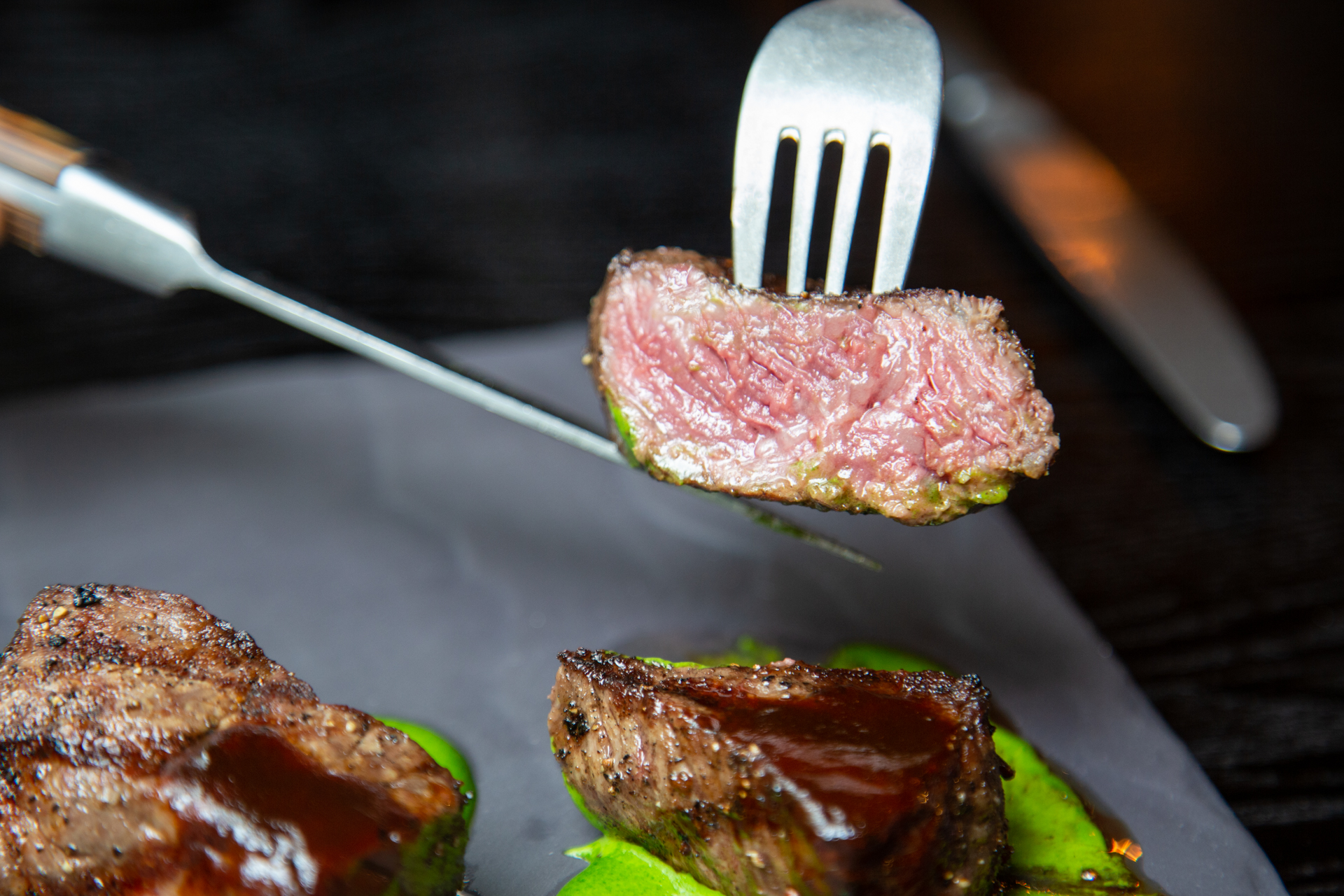
Some farmers took their vetting further and flew out to meet Lugo in person and to make sure she would be treating their product with respect.
Building such strong relationships with the farmers is important to Lugo: “You get out what you put in, and it takes time, love, and care to get such a great product. I’ve spoken to so many farmers and they are all so kind and genuinely care about their product.” The care she has for their product shows and some of her providers have even extended a few invitations for her to visit some farms. (She hasn't been able to make those trips yet, but intends to down the road).
Does it live up to the hype?
The program itself offers only four cuts at any given moment, but the meat is intentionally sourced from different regions of the U.S. so diners can taste the way that climate and geography can impart subtle differences in flavor to the beef. ALX’s menu currently offers three-ounce cuts of each Wagyu option but will offer four-ounce cuts soon. Also in the works is a Wagyu flight: two-ounce cuts of all four options for a consolidated price.
Jane Chong, a PR rep for ALX, says, “If the farm is large enough, Jessie will request certain cuts, but, for some smaller farms, it's all dependent on availability. Since she has started developing relationships with farmers, some will let her know when they are going to slaughter, and they will actually ask Jessie in advance what she would like to order.”
Lugo currently receives roughly 6-8 lbs per farm, and the meat is shipped to her in specific cuts (boneless ribeye roasts, boneless N.Y. strips, or whole tenderloins). With limited quantities, it is possible for a certain ranch to be sold out at any given time depending on popularity.
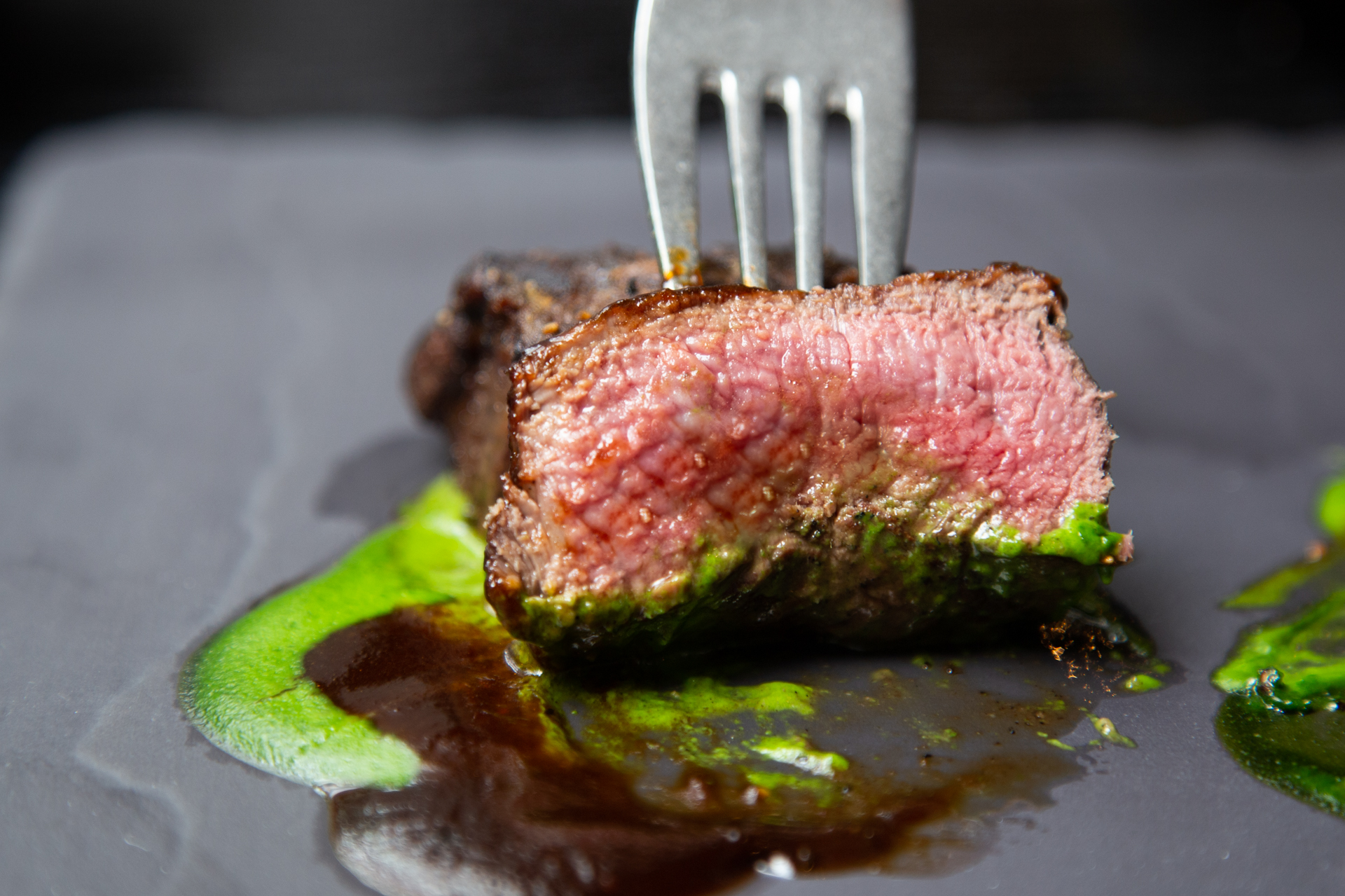
At the time I visited, the four options on the menu were from Lindsey Ranch (Oregon), Lone Mountain (New Mexico), Stone Ranch (Montana), and Durham Ranch (Texas-born, Nebraska-raised).
ALX also offers a Wagyu of the Day option that will change based on whatever they have available that day. When I visited, it was a flat iron steak. Lugo had taken the steak (normally a more tough cut of meat) and transformed it by removing the tough sinew and rolling it (like a little meat roulade) before cooking to keep all the moisture and flavor inside.
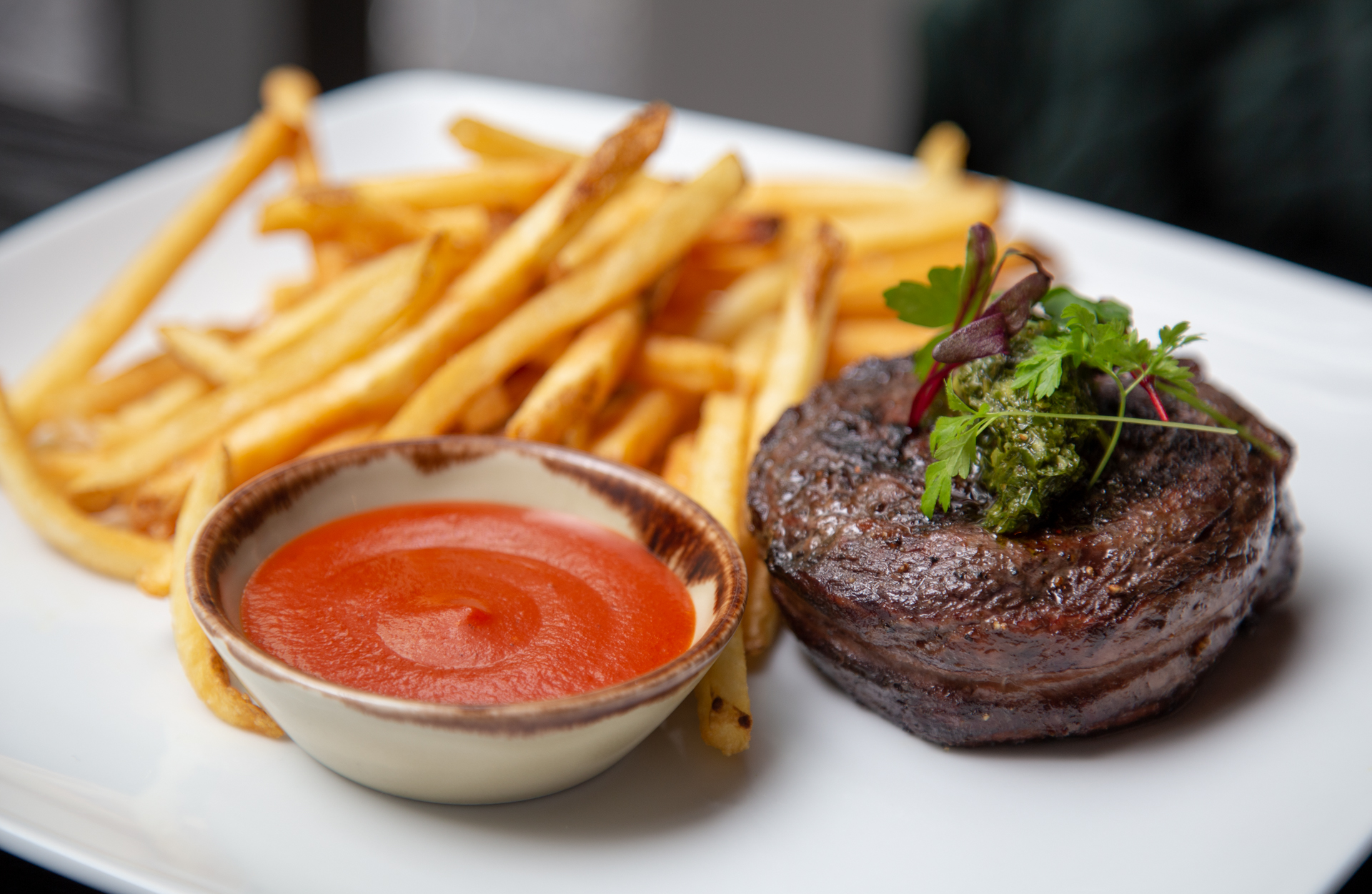
The Wagyu of the Day is definitely a solid option if you’re looking for a full meal (it came with fries). But back to the tasting program!
Lone Mountain Wagyu was the only 100% fullblood tajima (Japanese Black cattle) on the menu, making it the most expensive cut at $75. For price comparisons, I tried checking other restaurant menus to see how their A5 Wagyu was priced, but I had no luck and had to visit Yelp (so take these numbers with a grain of salt and potential human exaggeration thrown in). One reviewer who visited Niku Steakhouse wrote that the A5 Wagyu was priced at $300 for 8 ounces. Another review for 5A5 Steak Lounge (see the Check, Please! Bay Area review) said a 4-ounce cut ran for $150 and up.
American Wagyu is expensive but, because it is a domestic product, it is less expensive than Japanese Wagyu due to the latter’s import fees and an extremely limited amount of available product.
So, what’s the verdict?
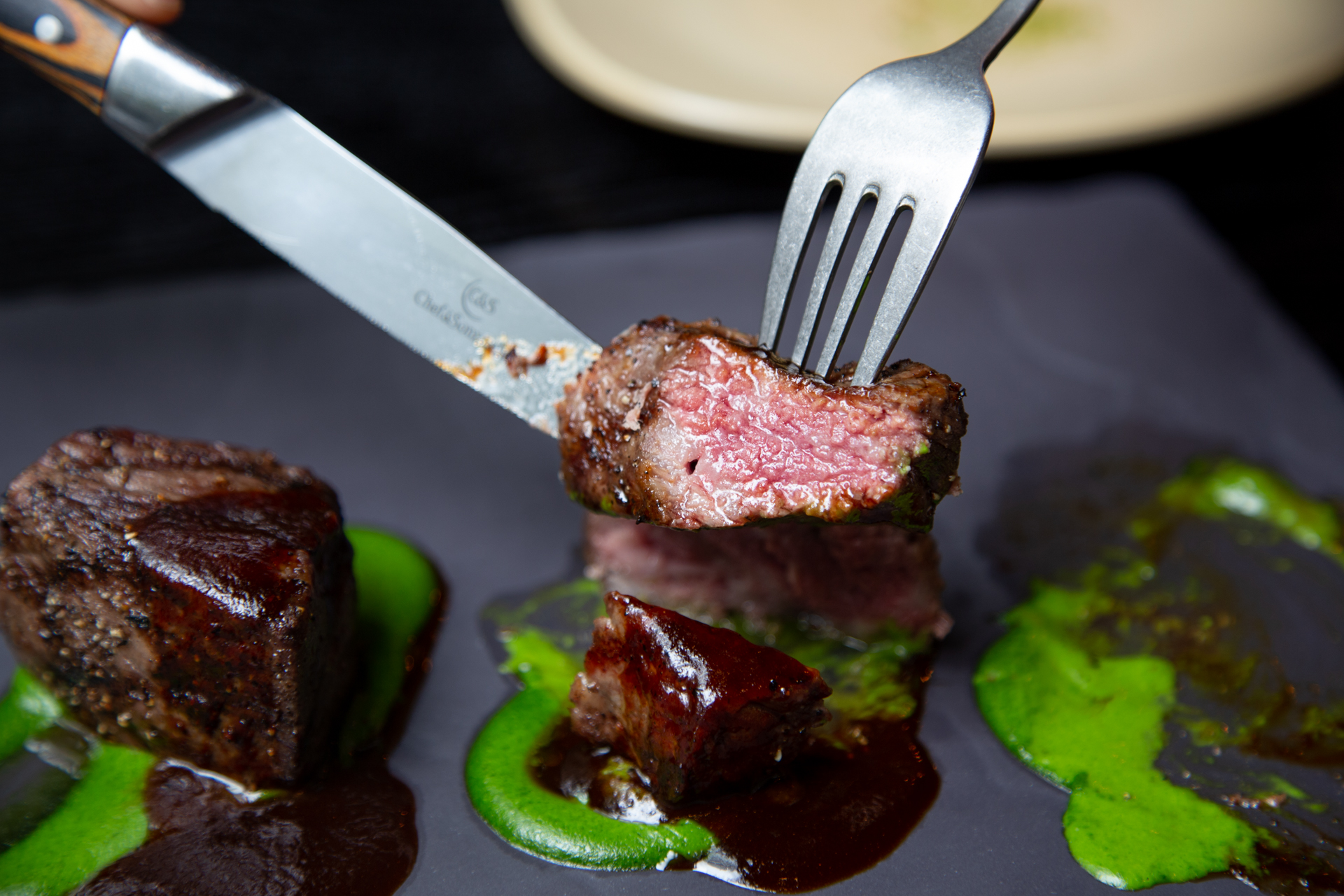
Inserting a disclaimer here: I am not a meat expert by any means. Luckily, the menu at ALX is smart to provide all the basic information and tasting notes for each cut of Wagyu like it’s a glass of fine wine.
I thought each cut was delicious, but the Lone Mountain and Stone Ranch Wagyus were definitely my favorites. Thanks to that high marbling, the knife cut through the meat like butter. A 3-ounce cut, when it’s all said and done, feels like nothing if you’re coming in hungry, but you can also supplement your Wagyu with ALX’s extensive menu of sides and sweets. I recommend getting an order of goat cheese stuffed tots and brussels sprouts.
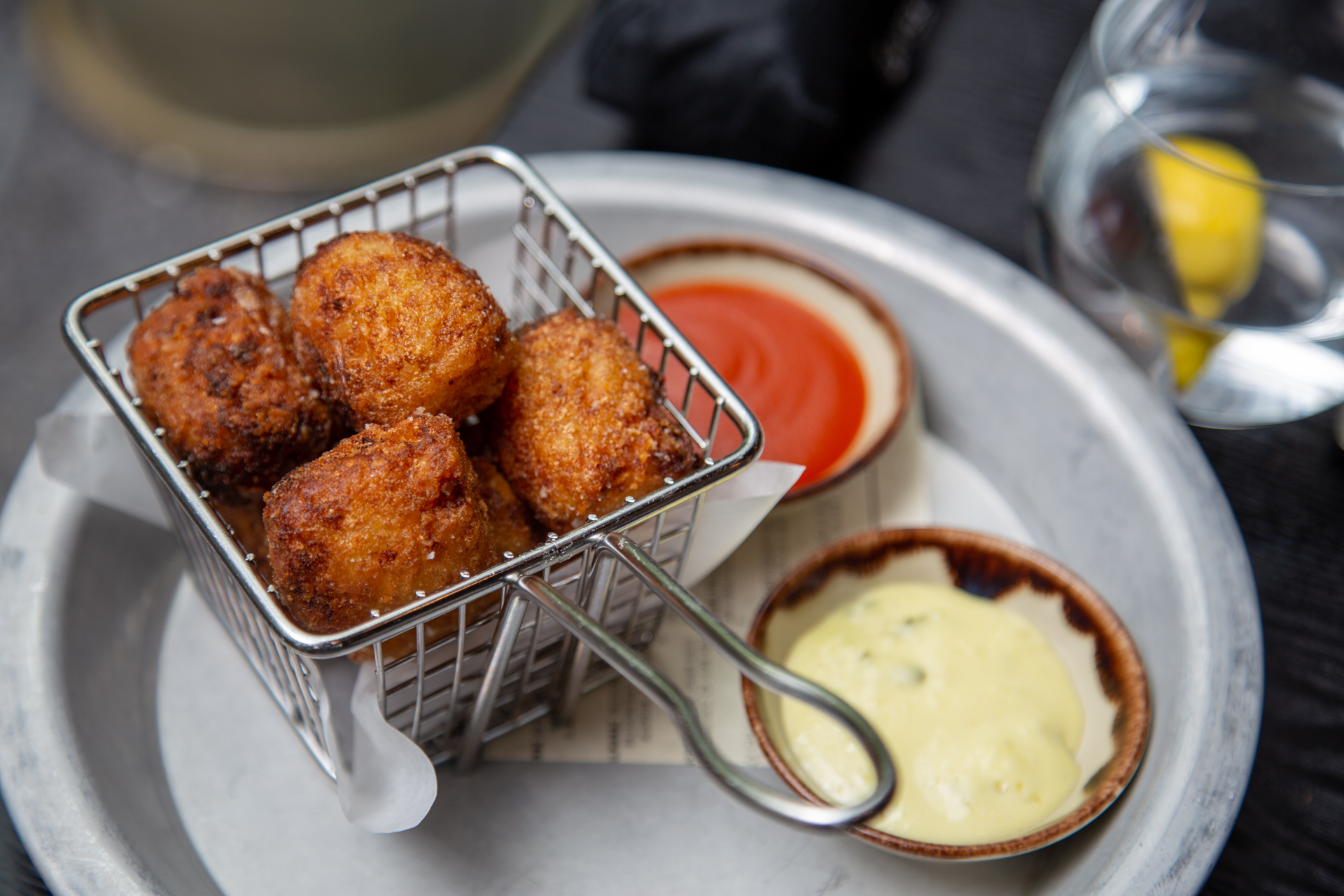
Personally, I have never had A5 Wagyu so can’t compare the two versions for you. The cuts of tender beef at ALX were pretty satisfying to me, but you’ll have to try them for yourself. But maybe, instead of asking “is it worth it,” go into ALX’s American Wagyu program with the mindset of supporting American farmers and learning something new! Not many outside of the food industry know about American Wagyu, and Chef Lugo’s unique program serves to educate both diners and peers while putting these hardworking farmers and their beloved product on the pedestal.
It’s a delicious future ahead of us, and farmers like James believe so too: “We’re optimistic that the future looks bright for Wagyu, and if our customers are anything like us – it’s really hard for us to eat any other kind of steak now.”